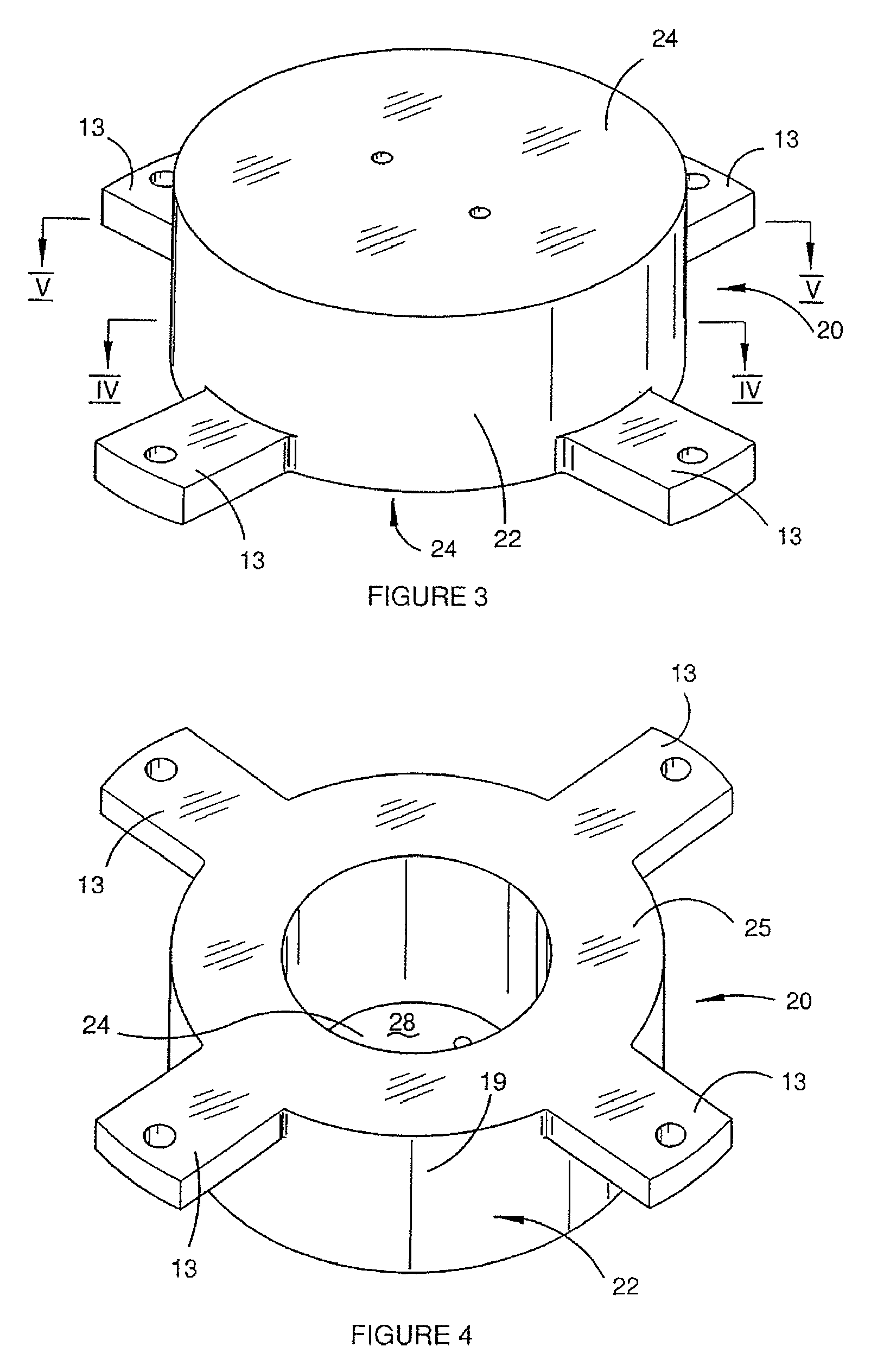Gravity Gradiometer
a gravity gradiometer and gravity field technology, applied in the field of gravity gradiometers, can solve the problems of noise or swamp, oscillation of both sensor masses, and small oscillation ra
- Summary
- Abstract
- Description
- Claims
- Application Information
AI Technical Summary
Benefits of technology
Problems solved by technology
Method used
Image
Examples
Embodiment Construction
[0071]FIG. 1 is a schematic view of a gravity gradiometer 1 according to a specific embodiment of the present invention. The gravity gradiometer 1 is arranged for vertical positioning relative to a ground plane. Throughout this specification the ground plane coincides with an x-y plane of an x,y,z-coordination system and consequently the gravity gradiometer is in this embodiment arranged for orientation along the z-axis so that the Γxy and (Γxx-Γyy) components of the gravity gradient tensor can be measured.
[0072]The function of the gravity gradiometer 1 may be briefly summarised as follows. The gravity gradiometer has in this embodiment two substantially identical sensor masses which are pivotally mounted on a mounting so that they can oscillate relative to the mounting. The sensor masses with mounting are rotated about the z-axis and with an angular frequency that approximately equals half the resonance frequency of sensor masses. A gravity gradient will result in a force on the se...
PUM
 Login to View More
Login to View More Abstract
Description
Claims
Application Information
 Login to View More
Login to View More - R&D
- Intellectual Property
- Life Sciences
- Materials
- Tech Scout
- Unparalleled Data Quality
- Higher Quality Content
- 60% Fewer Hallucinations
Browse by: Latest US Patents, China's latest patents, Technical Efficacy Thesaurus, Application Domain, Technology Topic, Popular Technical Reports.
© 2025 PatSnap. All rights reserved.Legal|Privacy policy|Modern Slavery Act Transparency Statement|Sitemap|About US| Contact US: help@patsnap.com



